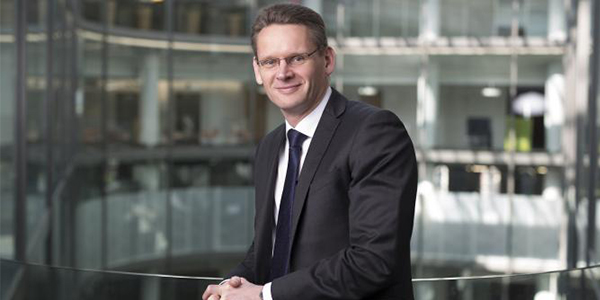By Michael Kuser

“I’m confident that we’ll be able to address the issues raised by the governor in his recent letter within the expected time scales,” CEO John Pettigrew told analysts last week on a call covering the first half of the U.K.-based company’s accounting year ending Sept. 30.
Cuomo on Nov. 12 gave the company 14 days to connect all customers or he would seek “to revoke National Grid’s certificate to operate its downstate gas franchise.”
New York Public Service Commission Chair John Rhodes on Oct. 11 signed an order directing National Grid subsidiaries Brooklyn Union Gas (KEDNY) and KeySpan Gas East (KEDLI) to connect 1,100 of 3,300 customers that had been denied natural gas service connections (Case 19-G-0678).
“A decade ago, National Grid identified the need for incremental gas supplies to serve low growth in the downstate region,” Pettigrew said.
National Grid relied on a pipeline being developed by Williams Co. called the Northeast Supply Enhancement project, otherwise known as the NESE pipeline, which includes an underwater line across New York Bay to service the city and Long Island.
“In May this year, following further delays to permits for this project, and therefore the potential lack of incremental supply to serve that load, we took the difficult decision to stop processing applications for new or expanded gas services in our service territory,” Pettigrew said.
Badar Khan, recently appointed interim president of the U.S. business, was managing the situation in New York and was unable to join the earnings call, Pettigrew said.
Following the PSC order last month, the company has sought to expand demand response and energy efficiency programs, and to arrange for compressed natural gas to be delivered by barge and truck to service those mandated customer hook-ups, he said.
“So in terms of the downstate New York, as I’ve said earlier, the projections are that we’re going to see demand increasing over the next decade,” Pettigrew said. “So the work that we’re doing is really to understand what are the options that are non-pipeline options and potentially how far can that stretch out. The costs are recoverable through our rate filings in terms of provision of service to customers.”
The CEO highlighted the company’s $300 million Metropolitan Reliability Infrastructure project for the Brooklyn gas system, expected to be complete in December 2020.
“On the electricity side, we’ve invested $110 million in the Gardenville substation rebuild in upstate New York,” Pettigrew said. “This substation is critical to the local region, providing residents and businesses with affordable sources of renewable power and is vital to system reliability.”
National Grid reported it successfully completed a rate filing for Massachusetts Electric with new rates going into effect Oct. 1.
The company said that in the second half of the fiscal year, it will continue work on moving its KEDNY/KEDLI rate filing at the PSC, as well as grid modernization, electric vehicle and advanced meter infrastructure plans across its jurisdictions.
“With the KEDNY and KEDLI rate case, we provided data to support a four-year settlement with a proposed base return on equity of 9.65%,” the company said.
National Grid also announced a goal to become net zero for its own carbon dioxide emissions by 2050.
“We set ourselves a target in 2008 to reduce them by 80% by 2050,” Pettigrew said. “Actually, when we got to the end of the last fiscal year, we’d achieved 68% reduction against 1990, so we thought it was really right to demonstrate a more ambitious target … [and] we also know that we’ve got a role to play in enabling net zero more broadly in the economy.”
Quotes courtesy of SeekingAlpha.



